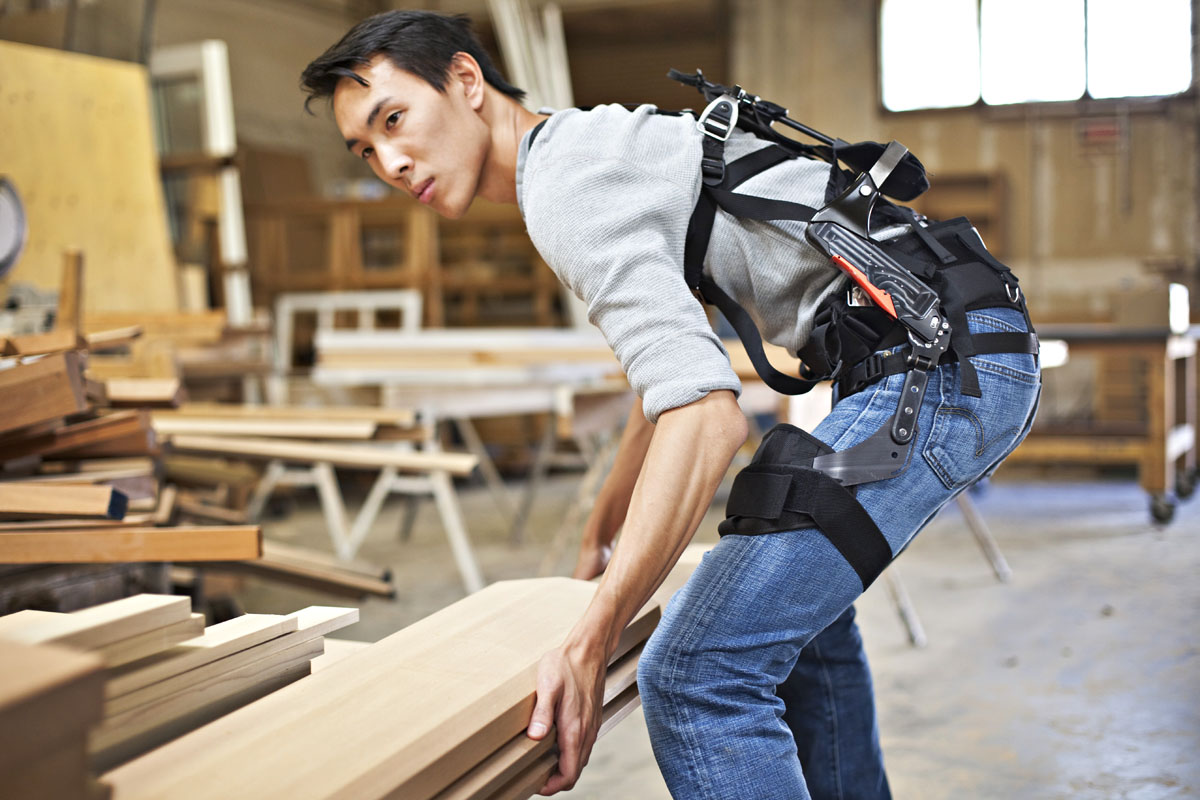proileri
Kenraali
Pitäisiköhän näille sitten luoda oma aihe, kun tuntuu juttua olevan siellä sun täällä.
Yksi jenkkien näkemys olisi TALOS eli erikoisjoukkojen rynnäkköpuku, jonka spekseiksi on asetettu että painaa n. 200 kiloa ja toiminta-aika on 12 tuntia. Ei mitään hajua että paljonko tuosta painosta on hyötykuormaa, mutta olisiko ehkä rangan ja akkujen jälkeen kolmasosa eli 60-70 kiloa käytettävissä suojapanssareihin ja varustukseen?
Joku pari vuotta vanha näkemys mille puku voisi näyttää, oletettavasti tämän jälkeen on kehitys kehittynyt:

Uusin prototyyppi taitaa olla Revision-firman Kinetic Operations Suit, sama periaate että exoskeletonin avulla pystyy kantamaan useamman kymmenen kiloa ballistisia paneeleita. Vaiheessa olevalta näyttää kyllä tämäkin:

Yksi jenkkien näkemys olisi TALOS eli erikoisjoukkojen rynnäkköpuku, jonka spekseiksi on asetettu että painaa n. 200 kiloa ja toiminta-aika on 12 tuntia. Ei mitään hajua että paljonko tuosta painosta on hyötykuormaa, mutta olisiko ehkä rangan ja akkujen jälkeen kolmasosa eli 60-70 kiloa käytettävissä suojapanssareihin ja varustukseen?
Joku pari vuotta vanha näkemys mille puku voisi näyttää, oletettavasti tämän jälkeen on kehitys kehittynyt:

Uusin prototyyppi taitaa olla Revision-firman Kinetic Operations Suit, sama periaate että exoskeletonin avulla pystyy kantamaan useamman kymmenen kiloa ballistisia paneeleita. Vaiheessa olevalta näyttää kyllä tämäkin:






